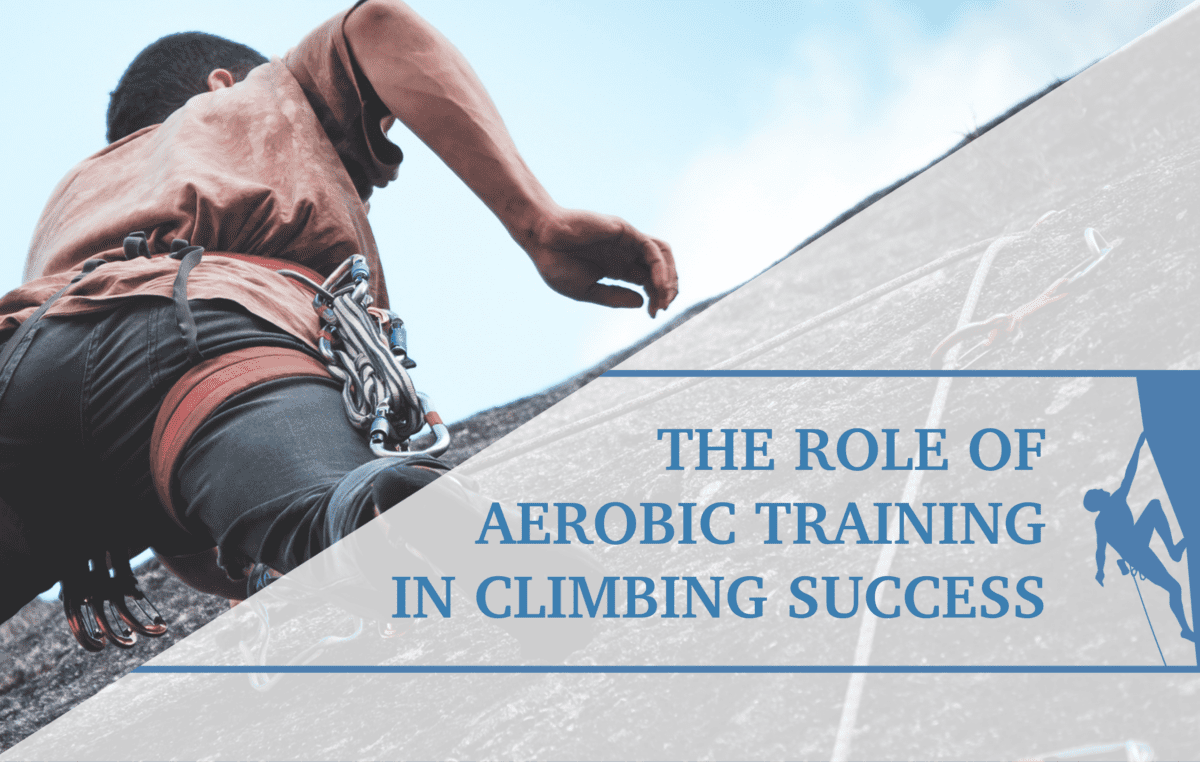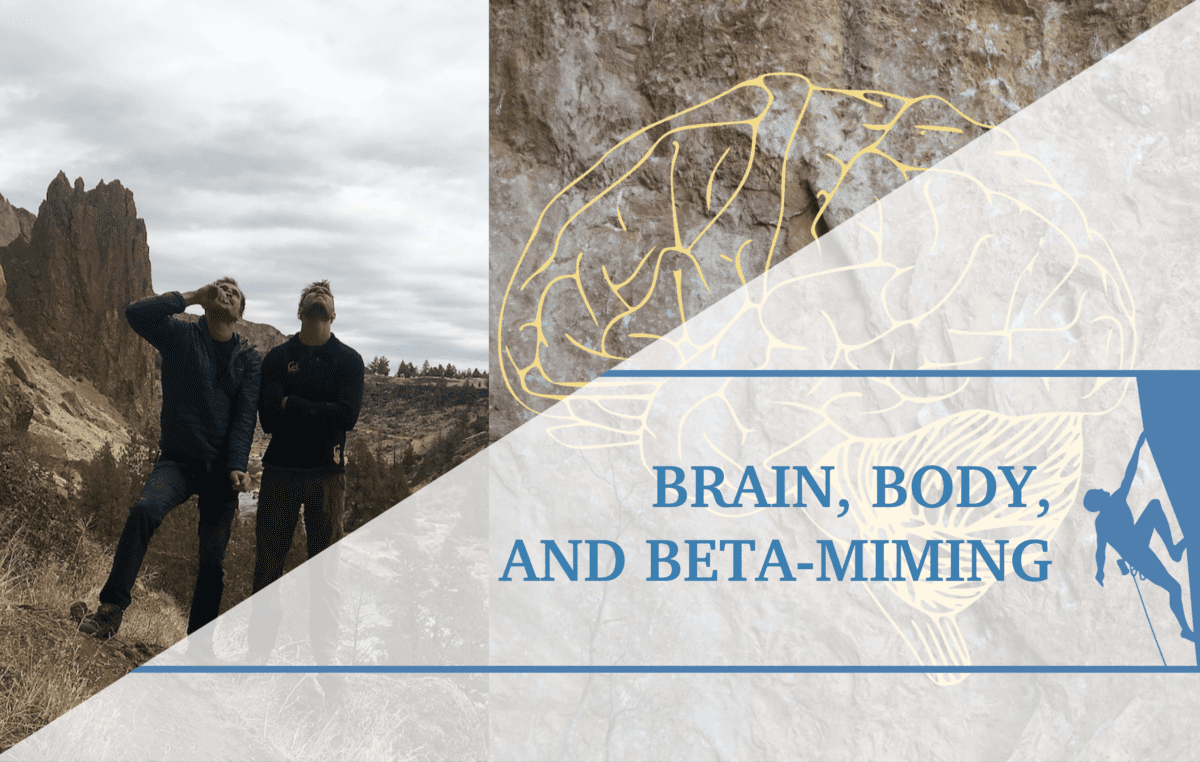Quick Beta – Agonist and Antagonist Muscles
Have you ever read a blog post, or heard people talking in the gym, about muscle agonists/antagonists and wondered what they mean? I’d like to help you out with that. In this short blog post, I just want to bring your attention to some commonly used lingo to make you a more informed climber. I’ll give you a basic example, define what agonists and antagonists are, and then talk about two climbing-specific examples. But first, here are a few other clarifications.
Skeletal Muscle Function:
Skeletal muscles create movement by pulling on our skeleton. A muscle is usually connected to two bones, and when the muscle contracts, it brings one bone closer to the other (and just to be clear, a muscle contraction is a fancy way of saying “flex” as in “flex your muscle.”) When one bone is brought closer to another, this creates movement.
Concentric, Eccentric, and Isometric Muscle Contractions:
There are three types of muscle contractions that we will concern ourselves with here:
- Concentric
- Eccentric
- Isometric
Concentric muscle contractions are when a muscle is shortened.
Eccentric muscle contractions are when a muscle is lengthened.
Isometric muscle contractions are when a muscle is not moving, but held in constant length.
To give an example we need to focus on one muscle so we avoid confusion. Let’s take the Biceps Brachii (biceps) for example, and discuss a biceps curl exercise. When you lift the weight up, you flex at the elbow, bringing the forearm closer to the upper arm, and shorten the biceps. This is a concentric muscle activation. When you slowly lower the weight back down in a controlled fashion, you lengthen the biceps, extending at the elbow, and move the forearm away from the upper arm. This is an eccentric muscle activation. When you hold the weight at 90˚ of flexion without moving it, your biceps is isometrically activated.
Osteokinematics – Actions at the Joints:
In order to move the body, you need to move your skeleton’s joints. A joint will have at least two muscles crossing it to be able to move in either direction (assuming it only has two directions.) Let’s again look at the elbow joint because it is a simple hinge joint with only one plane of motion. When you “bend your elbow,” you decrease the angle between the forearm and upper arm. This is flexion of the joint, and the biceps brachii is active to perform the motion. When you “straighten your arm,” increasing the angle between the forearm and upper arm, this is extension of the joint, and the triceps brachii is active to perform the motion.
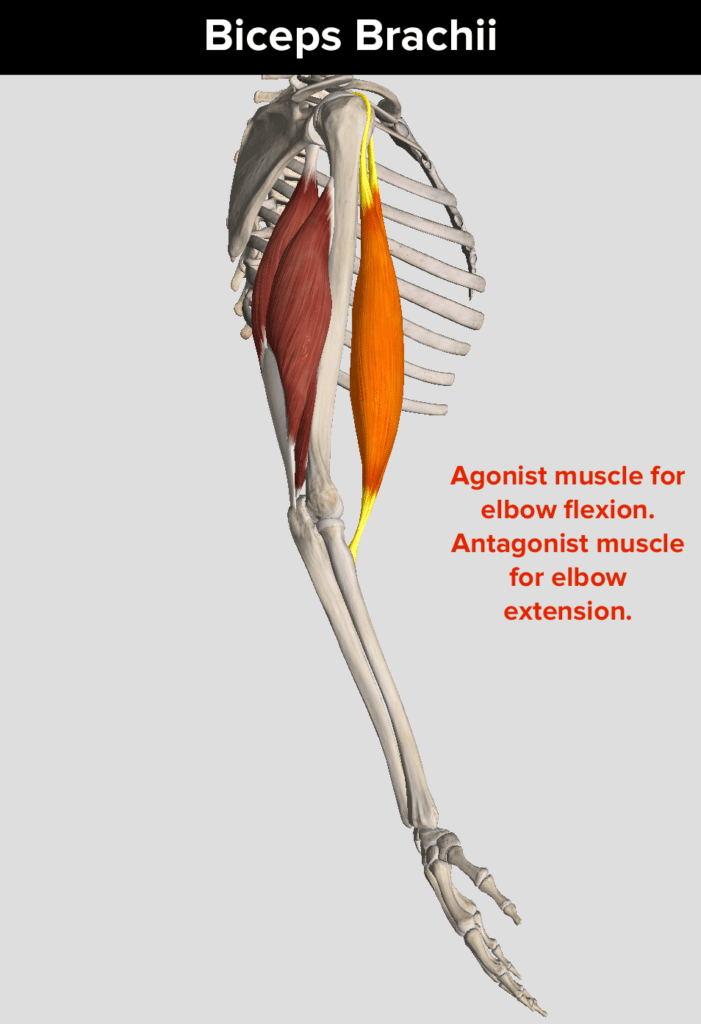
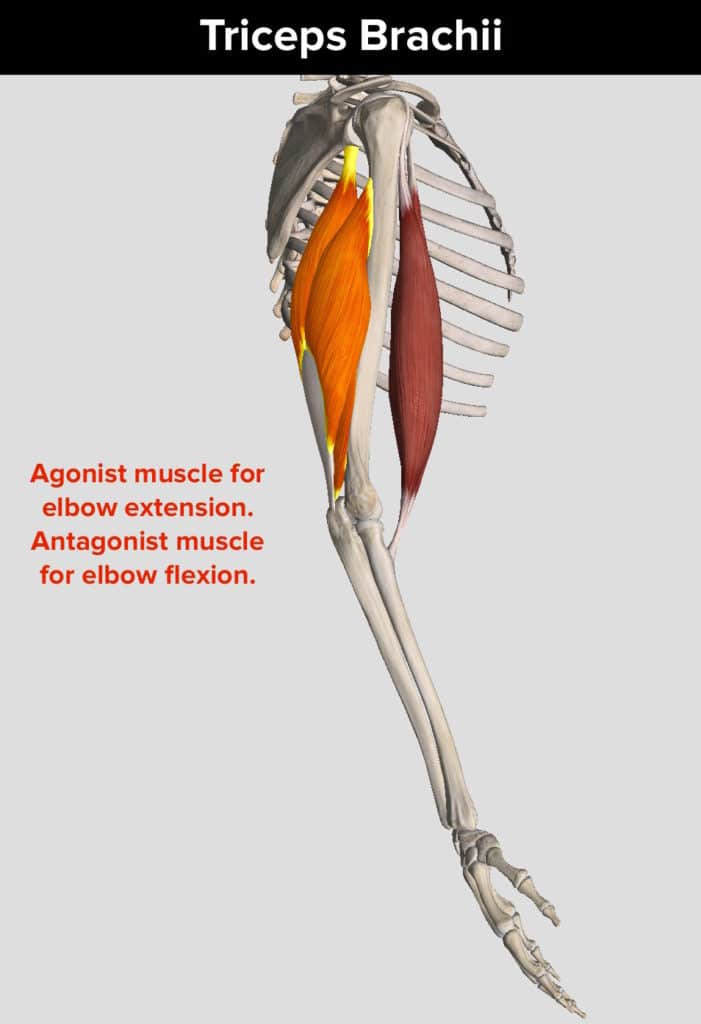
Agonists and Antagonists:
When discussing movement at a joint, the muscle performing the action on one side of the joint is called the agonist, and the muscle on the other side of the joint with the potential to oppose the action is called the antagonist. Basically agonists and antagonists are just opposites. In our elbow joint example, let’s look at flexion and extension separately. When we flex the elbow, the biceps is the agonist because is causes the elbow to flex. The triceps is the antagonist because it is on the opposite side of the elbow joint and has the potential to oppose the elbow flexion. Now, if we are talking about active elbow extension, the triceps is the agonist because it causes the action, and the biceps is the antagonist. This may sound confusing so let me clarify. One muscle can be the agonist for one movement, but the antagonist for another movement. It just depends on what you’re discussing. But that’s essentially it: The agonist muscle contracts to perform the motion, and the antagonist muscle can oppose that motion. These terms are just a construct to help us talk about biomechanics, but I hope that now it’s a bit clearer. Agonist and antagonist muscles simply oppose each other’s action. Think of it more simply as “opposing muscle groups.”
In these two images below, we see the forearm flexors and extensors each as a whole group. They are opposing muscles groups, and either work as agonists or antagonists for a given movement. They can also work as synergists to achieve an overall goal. I will elaborate on that in the next section.
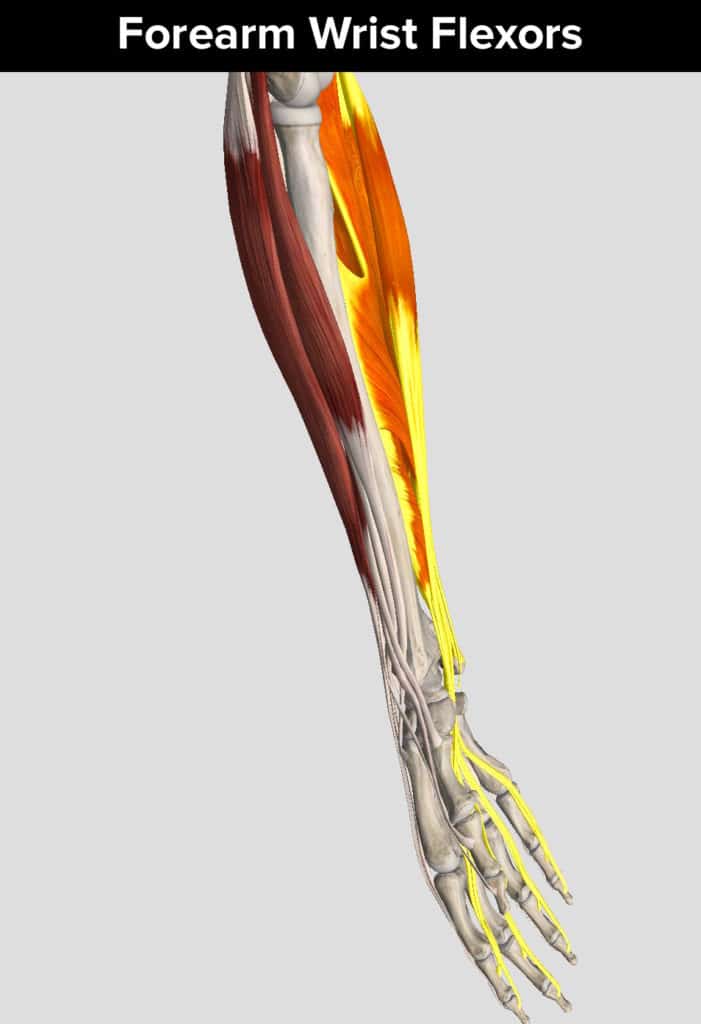
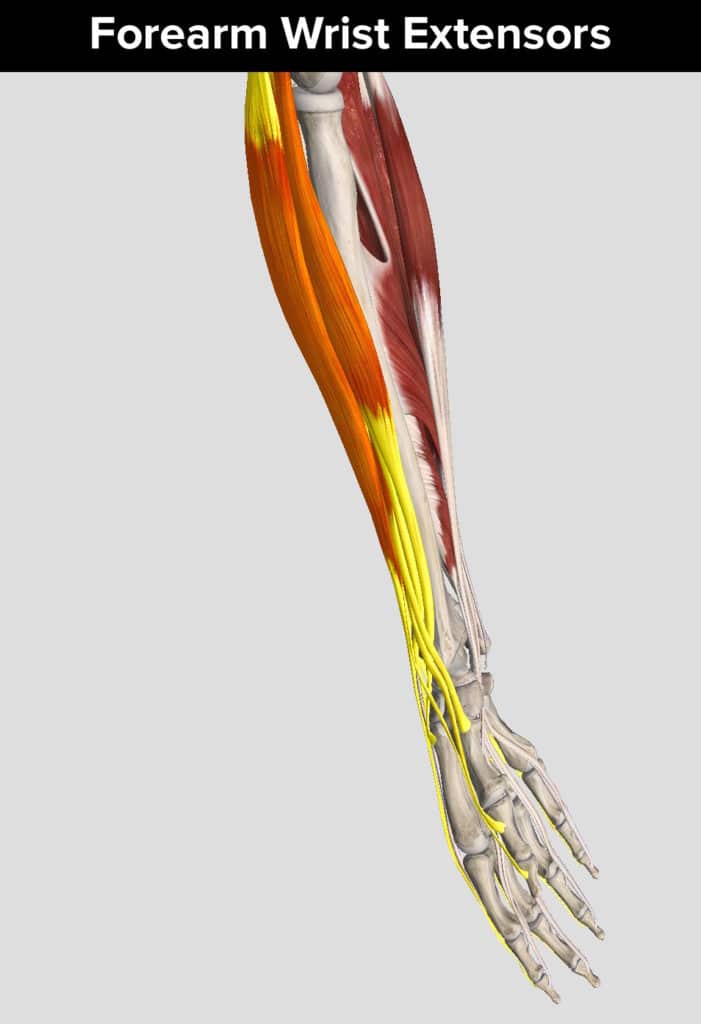
Agonists and Antagonists Working Together:
Realistically, movement is never a pure sense of agonist vs. antagonist, but instead it exists more like a collective effort to achieve an action. To use a climbing-specific example, when you hold a crimp on the wall, your finger and wrist flexors are working overtime to keep you on the hold. But what you may not notice is that your wrist extensor muscles are also firing to keep your wrist at the optimal angle for maximum grip strength. This angle is approximately 30-35 degrees of wrist extension.1 So in this case, it’s a static hold (isometric muscle contraction) where the muscle group on one side of the joint works together with the muscles on the other side to perform the task. In this case, you could call them synergists. The flexors are the main muscles flexing your fingers and keeping you on the wall, and the wrist extensors are active to oppose excessive wrist flexion (and maintaining optimal wrist flexion for max grip.) If it weren’t for the extensor muscles, your wrist would just fold into full flexion, and you can imagine how ineffective that would be for climbing (see image below.) This is why it’s important to do exercises that promote wrist extensor strengthening, to ensure a proper muscular balance and healthy climbing! Climbers who have over-bearing forearm flexor muscles in relation to the extensor muscles (especially new climbers who are now addicted to climbing,) are at a risk of developing elbow pain. Stay tuned. I’ll do a separate blog post about that issue in the near future.
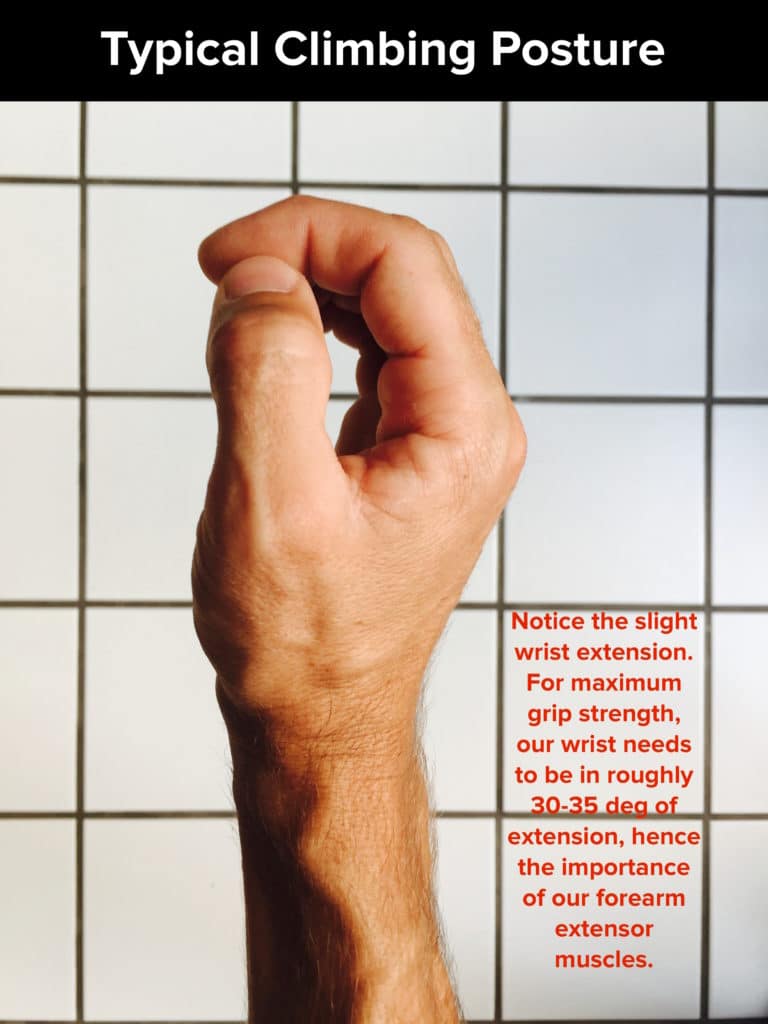

Don’t Forget Those Triceps!
For the second climbing-specific example, I wanted to mention another opposing muscle group balance that is important for every climber. Climbers are very biceps-dominant due to the nature and mechanics of our sport. If you’ve ever seen a video or image of Tommy Caldwell with a double undercling on El Cap, he’s essentially bicep curling the Earth (see screenshot below). But it’s also the general movement of pulling up on a hold. You’re demanding a lot of your elbow flexors to perform the task, so it is imperative that you also strengthen your triceps muscles to keep a healthy balance overall. There are many climbing techniques that require heavy triceps activity like mantles, and pushing from a gaston, but this tip to strengthen your triceps is directed more toward injury prevention and avoiding muscle imbalances in your body. So when you’re at the gym not forgetting leg day, don’t forget those triceps either.
Author Bio:
Matt is Doctor of Physical Therapy who recently graduated from the University of Colorado’s Anschutz Medical Campus. While going to school, he lived in Boulder, CO to be closer to his playground. In his final semester of the DPT program he conducted an independent study researching climbing injuries and injury prevention techniques to provide to his clients. His main interests are in sports medicine physical therapy and injury prevention revolving around the climbing athlete. Before starting school, Matt lived in San Diego, CA and worked at Mesa Rim Climbing and Fitness. He plans to one day return to San Diego and work alongside Mesa Rim to give back to the community he loves.
Matt predominantly climbs sport at the 5.12c/d level, and has recently taken up the craft of trad climbing. He has been climbing since 2008. Matt empowers people to take their health into their own hands, and guide them toward a stronger, injury-free climbing lifestyle. He currently teaches injury prevention classes at local climbing gyms, and also provides content about the topic on his Instagram (@theclimbingpt).
When Matt isn’t climbing, you can find him adventuring somewhere in the wild. He is also an avid biker. He rides BMX, downhill mountain biking, and has completed a tour cycling trip around New Zealand. He connects with anyone in the extreme sports realm as a healthcare provider who has the capacity to understand their sport and assist them with their unique needs.
Follow Matt:
Instagram: @theclimbingpt (https://www.instagram.com/theclimbingpt/) //
@basebklyn1 (https://www.instagram.com/basebklyn1/)
Contact Matt:
Email: mattdestefanopt@gmail.com
References:
- Neumann DA, Kelly ER, Kiefer CL, Martens K, Grosz CM. Kinesiology of the Musculoskeletal System : Foundations for Rehabilitation.
- Disclaimer – The content here is designed for information & education purposes only and the content is not intended for medical advice.



